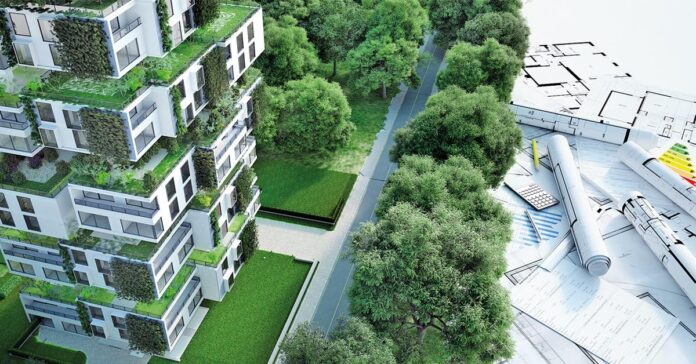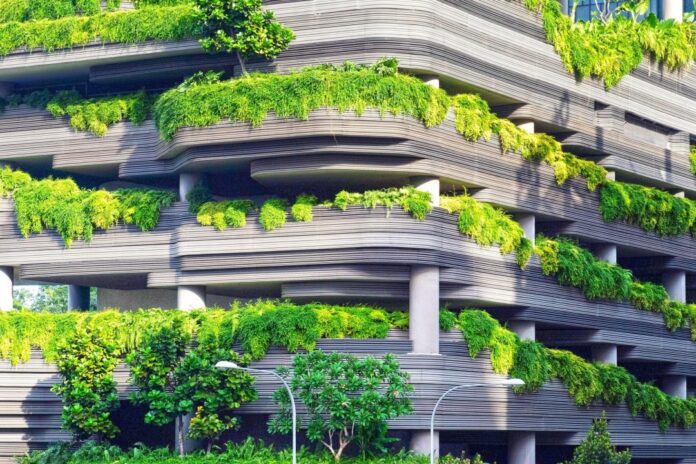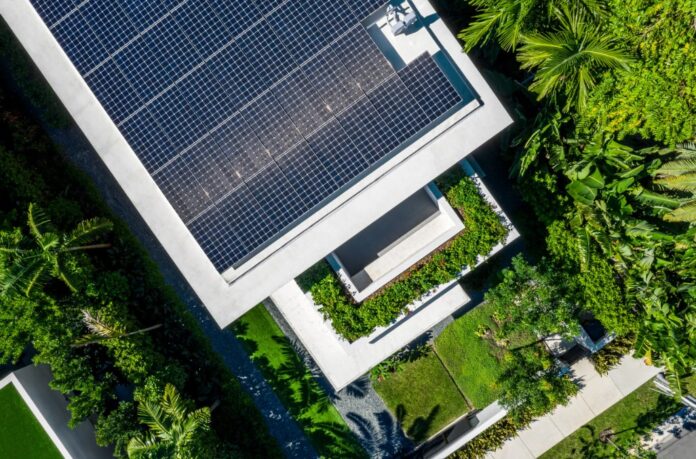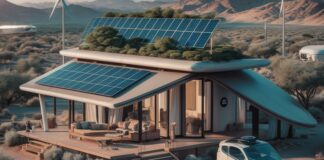In recent years, sustainable building practices have moved from being a niche interest to a mainstream concern in the real estate industry. This shift is not just about environmental stewardship but also about meeting market demands and improving long-term economic outcomes.
Companies like Meyer Blue are at the forefront of this green revolution, leading by example in incorporating sustainable practices into their developments. Let’s delve into how these practices are reshaping the real estate landscape.
The Green Building Revolution
Sustainable building practices, also known as green building, encompass a wide range of methods and materials aimed at reducing the environmental impact of construction and operation of buildings.
This includes everything from energy-efficient lighting and heating systems to the use of recycled or renewable materials. The green building revolution is driven by a combination of regulatory requirements, market demand, and the tangible benefits these practices offer to both developers and occupants.
One of the most significant impacts of sustainable building practices is the reduction of energy consumption. Buildings designed with energy efficiency in mind use less power for heating, cooling, and lighting, which not only lowers utility bills but also reduces the overall demand on power grids.
This can have a profound effect on reducing greenhouse gas emissions, a major contributor to climate change.
Economic Benefits for Developers and Investors
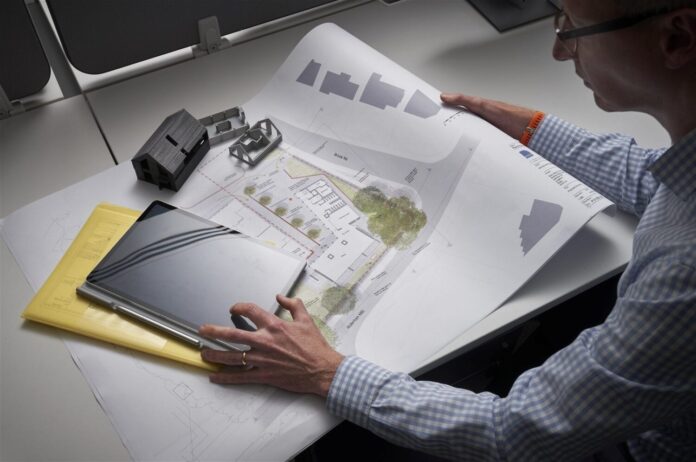
For developers and investors, sustainable building practices can lead to substantial economic benefits. Initially, the costs of incorporating green technologies and materials may seem higher, but these investments often pay off in the long run. Energy-efficient buildings have lower operating costs, which can result in higher net operating incomes and, consequently, higher property values.
Moreover, green buildings often qualify for tax incentives, grants, and rebates offered by various government agencies and utility companies. These financial incentives can offset some of the upfront costs associated with sustainable building practices.
Additionally, properties that adhere to green building standards, such as LEED (Leadership in Energy and Environmental Design) certification, can command premium prices and rents. This is because an increasing number of tenants and buyers are willing to pay more for properties that are environmentally friendly and energy-efficient.
Health and Well-being of Occupants
Sustainable building practices also significantly enhance the health and well-being of building occupants. Traditional building materials and practices often lead to poor indoor air quality, which can cause a variety of health issues such as allergies, asthma, and other respiratory problems.
Green buildings, on the other hand, use materials that emit fewer volatile organic compounds (VOCs) and incorporate ventilation systems that improve indoor air quality.
Natural lighting and the use of non-toxic materials contribute to a healthier living and working environment. Studies have shown that buildings designed with occupant health in mind can lead to improved productivity, reduced absenteeism, and overall greater satisfaction among tenants. This not only benefits the individuals living or working in these spaces but also enhances the value proposition for developers and property managers.
Environmental Impact and Sustainability
The primary goal of sustainable building practices is to minimize the environmental footprint of construction activities and building operations. This involves using renewable resources, reducing waste, and ensuring that buildings are designed for long-term sustainability. Green buildings often incorporate features such as solar panels, green roofs, rainwater harvesting systems, and energy-efficient appliances.
The use of sustainable materials, such as bamboo, reclaimed wood, and recycled metal, reduces the need for new raw materials and minimizes the waste generated during construction.
Additionally, sustainable landscaping practices, like xeriscaping and the use of native plants, reduce water usage and create habitats for local wildlife.
By reducing the environmental impact of buildings, sustainable practices contribute to the broader goal of combating climate change. Buildings are responsible for a significant portion of global energy consumption and carbon emissions, so making them more sustainable is a critical step towards achieving international climate targets.
Market Demand and Consumer Preferences
The demand for sustainable buildings is driven by a growing awareness of environmental issues and a shift in consumer preferences. Today’s buyers and renters are more informed and concerned about the environmental impact of their choices. They prefer properties that are energy-efficient, have a lower carbon footprint, and offer healthier living environments.
This shift in consumer behavior is particularly pronounced among younger generations, who are more likely to prioritize sustainability in their purchasing decisions. As a result, developers who adopt sustainable building practices are better positioned to attract and retain tenants and buyers.
Regulatory and Policy Considerations
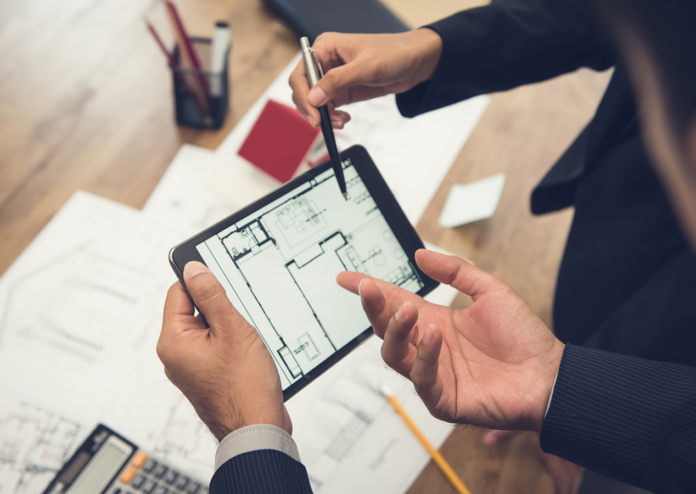
Government regulations and policies play a crucial role in promoting sustainable building practices. Many countries and cities have implemented building codes and standards that require or incentivize energy efficiency, the use of renewable materials, and other green building practices.
For example, some jurisdictions offer expedited permitting processes, density bonuses, or reduced fees for projects that meet certain sustainability criteria.
These regulatory measures not only drive the adoption of sustainable practices but also level the playing field for developers.
Challenges and Future Directions
Despite the many benefits of sustainable building practices, there are still challenges to widespread adoption. One of the main obstacles is the perception of higher upfront costs. While green technologies and materials can be more expensive initially, the long-term savings and financial incentives can offset these costs.
Another challenge is the need for education and training. Sustainable building practices often require specialized knowledge and skills, which means that architects, engineers, contractors, and other professionals need to be trained in these methods. Additionally, there is a need for better data and metrics to measure the performance and benefits of green buildings.
Looking to the future, the integration of smart technologies with sustainable building practices holds great promise. The use of sensors, automation, and data analytics can optimize building performance, reduce energy consumption, and improve occupant comfort.
Conclusion
Sustainable building practices are transforming the real estate industry, offering numerous benefits for developers, investors, occupants, and the environment. By reducing energy consumption, improving indoor air quality, and minimizing environmental impact, green buildings are not only a smart financial investment but also a crucial step towards a more sustainable future.

